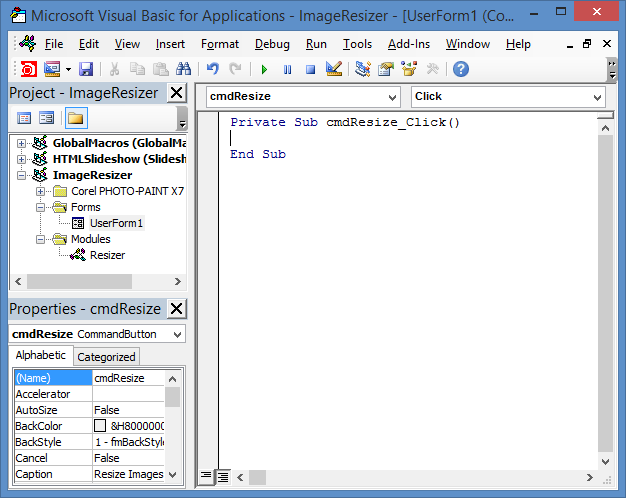

Label4.Text = "X : " & tempPos.X & " Y : " & tempPos.YĮnd SubI would like the code to perform a mouse click event on a specified X/Y location on a 3rd party application. Private Sub Timer1_Tick(ByVal sender As System.Object, ByVal e As System.EventArgs) Handles Timer1.Tickĭim R As Long = GetCursorPos(tempPos) ' You'll get your location in TempPos SendMessage(mainformhandle, WM_LBUTTONUP, 0, MakeDWord(x, y)) SendMessage(mainformhandle, WM_LBUTTONDOWN, 0, MakeDWord(x, y)) Private Sub Button1_Click(ByVal sender As System.Object, ByVal e As System.EventArgs) Handles Button1.Click

MakeDWord = CInt((HiWord * &H10000) Or (LoWord And &HFFFF&)) Private Sub Form1_Load(ByVal sender As System.Object, ByVal e As System.EventArgs) Handles MyBase.Loadįunction MakeDWord(ByVal LoWord As Integer, ByVal HiWord As Integer) As Integer The techniques that you can see there apply to any form that you create, whether that form is a dialog box or just a regular Access form for scrolling through table records.Code: Private Declare Function SendMessage Lib "User32.dll" Alias "SendMessageA" (ByVal hWnd As Integer, ByVal Msg As Integer, ByVal wParam As Integer, ByVal lParam As Integer) As Integer In the next chapter, we dig deeper into the whole topic of creating custom drop-down lists by using VBA code. In your actual code, you replace the MsgBox statements with the VBA code that you want to execute after the left, middle, or right mouse click. MsgBox "You pressed the Middle mouse button" End If End SubĪs it stands, the sample procedure just provides a little message on-screen indicating which mouse button you pressed. 'Code to execute for middle button goes here. MsgBox "You pressed the Right mouse button" End If 'Code to execute for left button goes here. MsgBox "You pressed the Left mouse button" End If Private Sub ObjectName_MouseDown(Button As Integer, _ Shift As Integer, X As Single, Y As Single) Listing 9-2: Skeletal Structure of Code to Distinguish between Left and Right Mouse Clicks For example, Listing 9-2 shows the basic skeletal structure that responds differently to a left, middle, or right mouse click. In your procedure, you can use lf.Then.End If statements to write different code for different mouse activities.



 0 kommentar(er)
0 kommentar(er)
